Hasti
In the last fifty years, with the introduction of printing machines and computers, the Persian script has entirely adhered to the Naskh style, yet Nastaliq remains cherished and familiar to us. In Persian poetry, we still find it difficult to convey the sentiments and essence of Iranian culture without Nastaliq. The Hasti typeface reflects this familiar sentiment in a modern format.
Hasti typeface is influenced by the Nastaliq style commonly used in signage and out-of-home advertising, which is written with bold calligraphic pens and is bolder and more compact than traditional Nastaliq, lacking its artistic appeal. The Hasti typeface is designed to be voluminous and compact under the influence of this type of letter.
Despite the absence of Nastaliq ligatures in the Hasti typeface, the shape of the letters closely resembles Nastaliq as much as possible.
For optimal density, the forms of the letters "ک ی ح" are abbreviated and segmented with cuts.















Titles in the Hasti Typeface:
The Hasti font comes in two styles: Round and Sharp. Each style offers two dot variations: Classic and Round. By purchasing this font, you will receive a total of four font files.

In Hesti, based on the preceding or following letter, the letters become more stretched, or the placement of tittles changes.


In Hasti typeface, there are a few optional letter substitutions that you can type according to the guidelines provided within the package.

Languages Supported in Hasti typeface:
Hasti supports Arabic, Persian, and other subsets such as Kurdish and Urdu using the Hasti font package. For English letters, the Shrikhand font has been used.

Versatile Application of Hasti typeface
From Social Media to Newspaper Headlines The Hasti typeface can be utilized in various promotional and display materials. It can be used to design Instagram posts, website banners, urban advertising, packaging, or even serve as the headline for a formal newspaper. The choice depends on your creativity and boldness!



Upcoming Version
The Hasti was been designed as simple as possible, lacking ligatures, different weights, and styles. The reason for this simplicity is to focus on achieving the overall character of the typeface and refining the letter shapes before any further development. In subsequent updates, features will gradually be added to the Hesti typeface.
(These features and potential issue resolutions will be added through updates, and users who bought the font will receive an email)
ligatures in Hasti (coming soon)
In future versions, The resemblance of the Hesti typeface to Nastaliq will increase, with adding of ligatures.

In the Hasti package, you receive the following components:
- Main Fonts: Font files in ttf and otf formats, encompassing 4 styles.
-
.Web Fonts: Special fonts designed for web use, provided in woff format.
-
Guide: Instructions on using Stylistic Alternates.
Moslem Ebrahimi, an experienced graphic design professional specializing in Persian typography since 2009. Early in his career, he was dedicated to teaching typography design at the university level. Subsequently, he shifted his focus to establishing the FontIran website, where his efforts were redirected to the publication and marketing of Perso-Arabic typefaces. Between 2014 and 2017, Ebrahimi's typefaces underwent a significant transformation, playing a pivotal role in shaping the typographic landscape for Persian web and software design. The launch of FontIran Foundry marked a successful advocacy for voluntary copyright adherence in the realm of Perso-Arabic typefaces, addressing challenges related to sales and income for type designers. . Ebrahimi's impactful contributions have left a lasting impression on the field, influencing the culture of Perso arabic typography and providing solutions to challenges faced by fellow type designers.

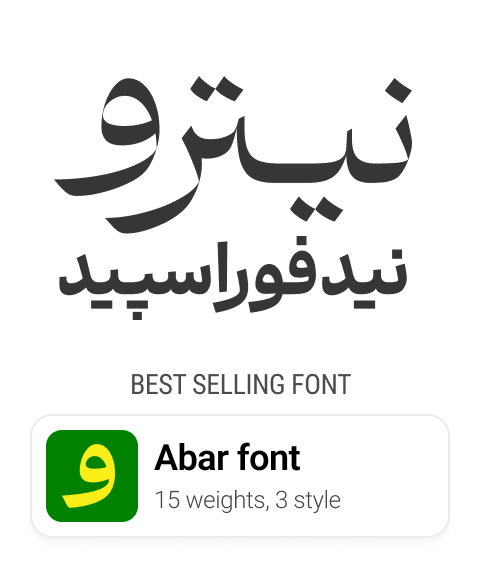





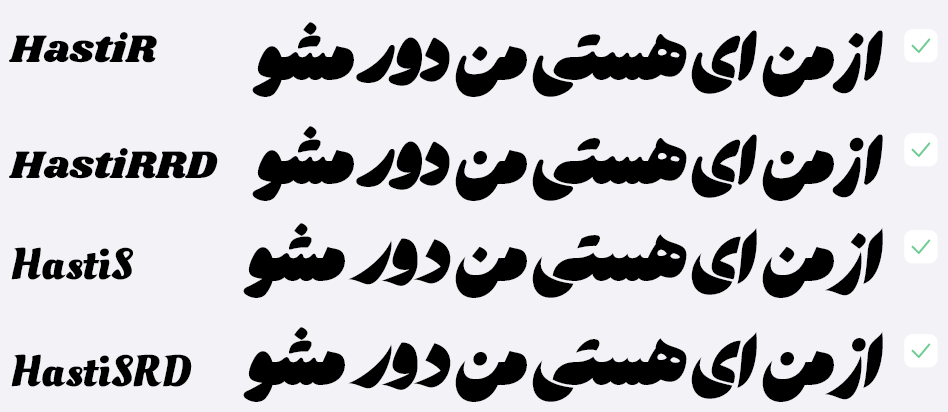
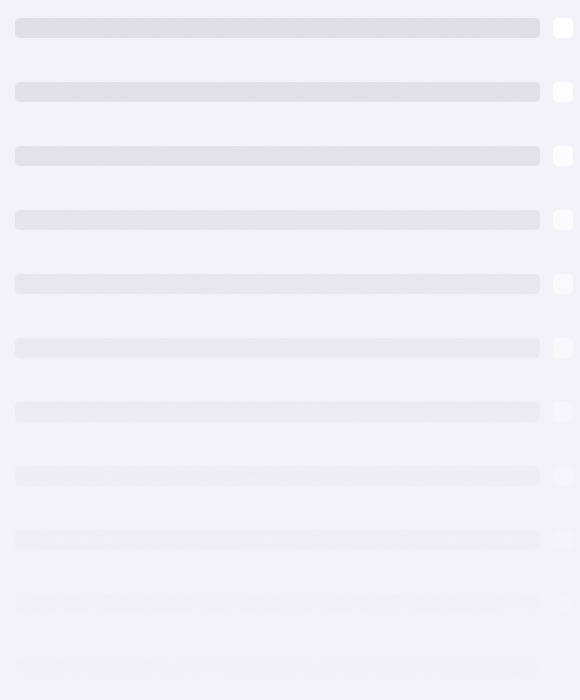

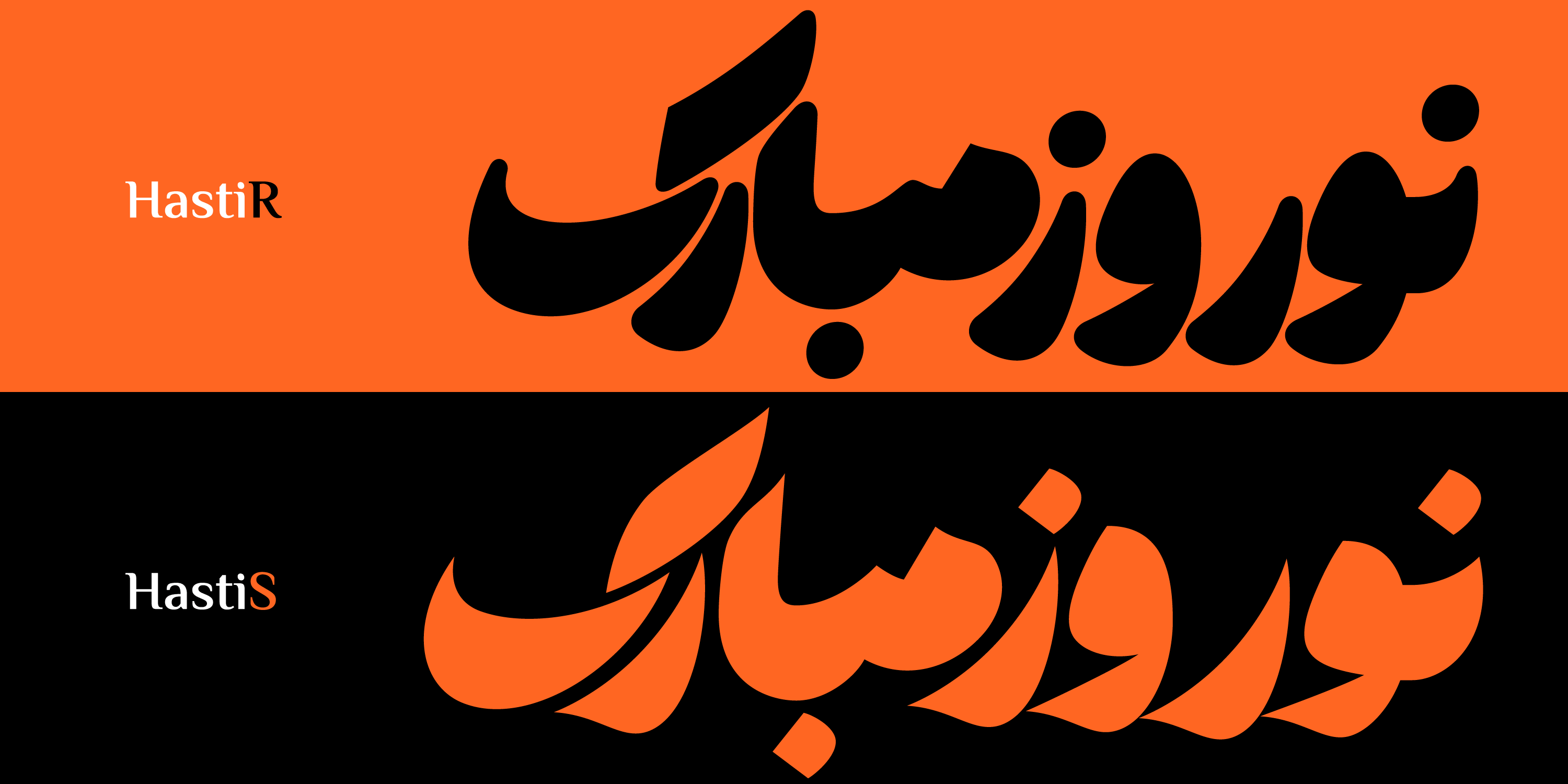
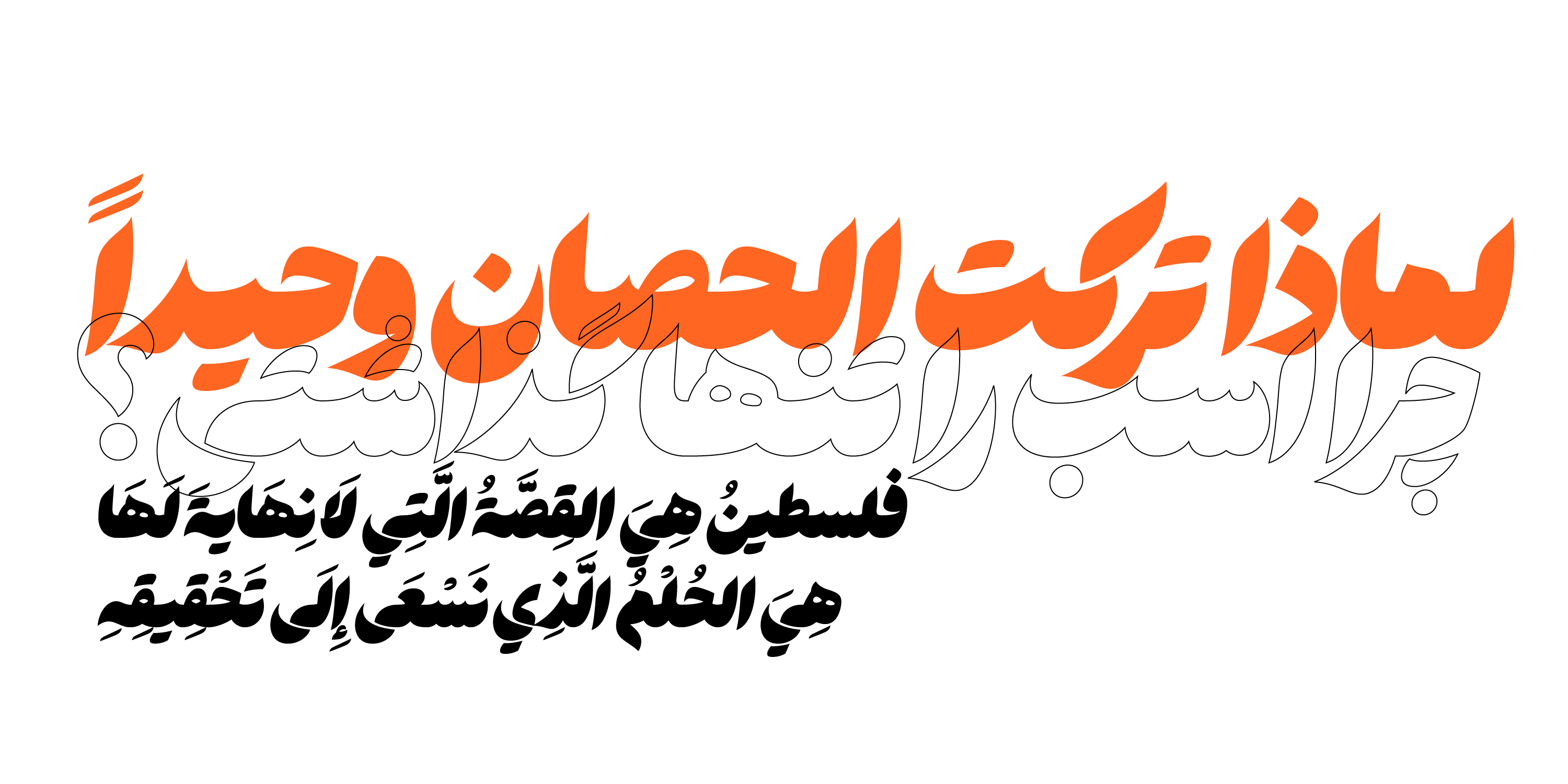
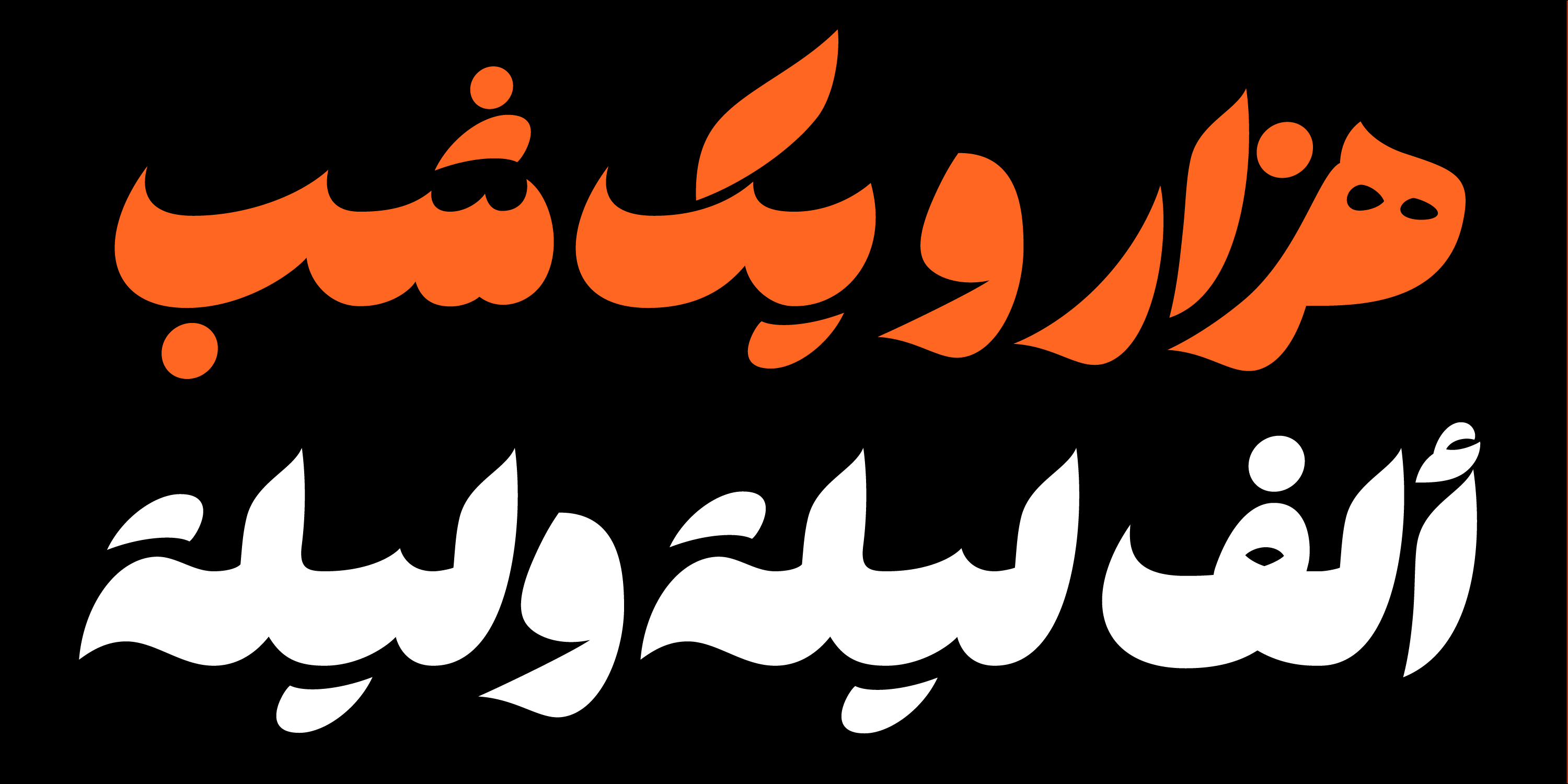
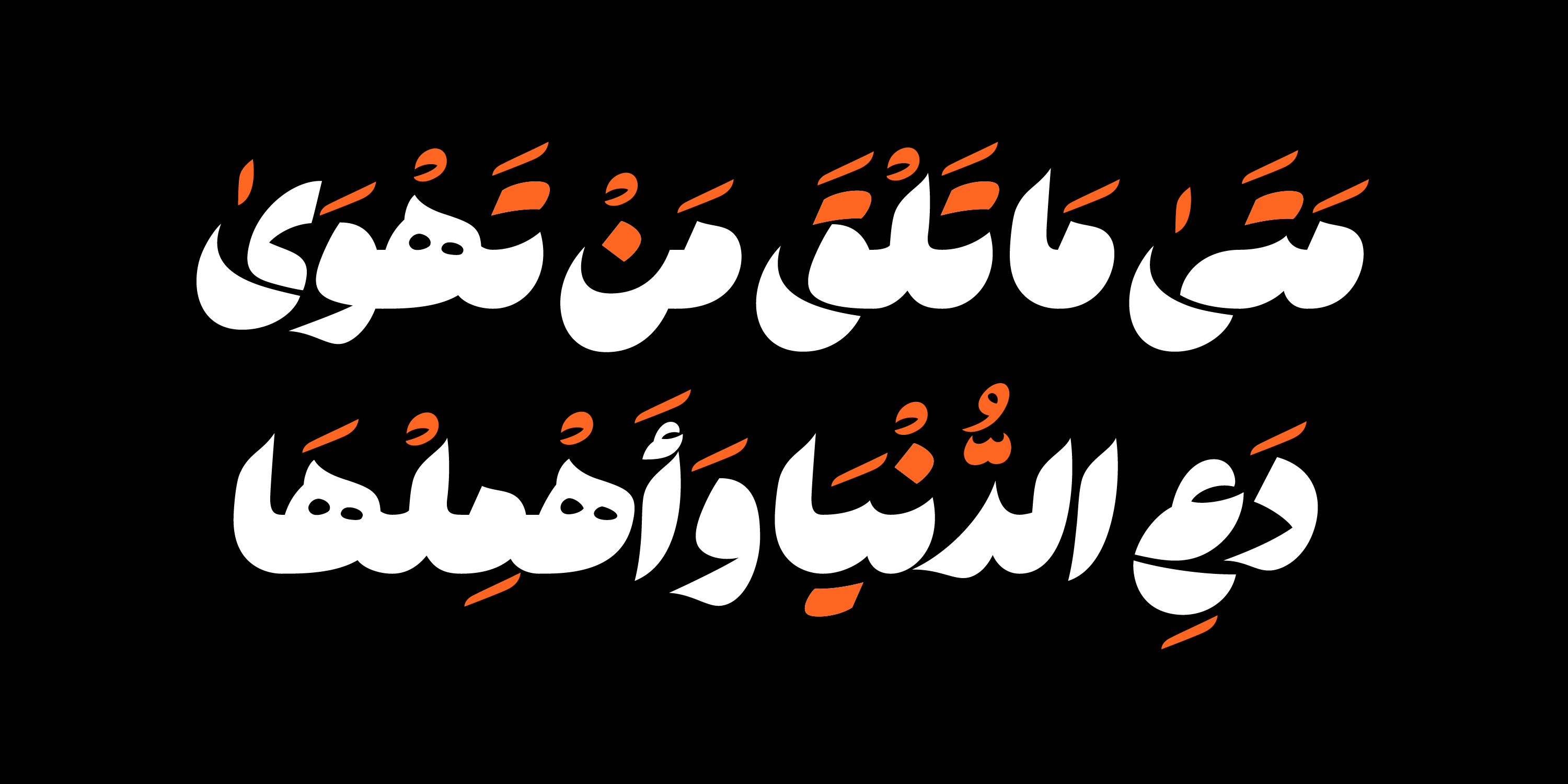
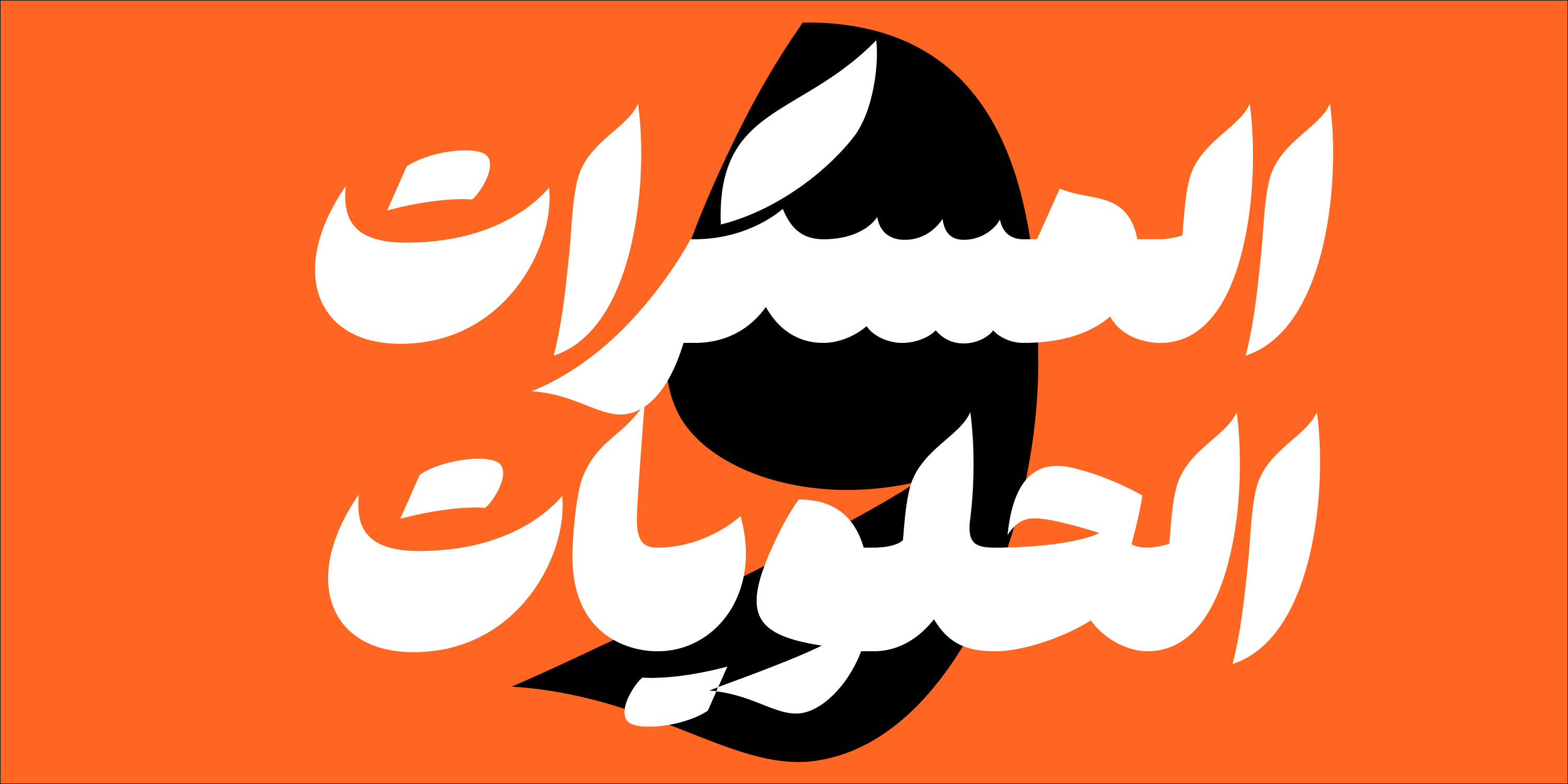

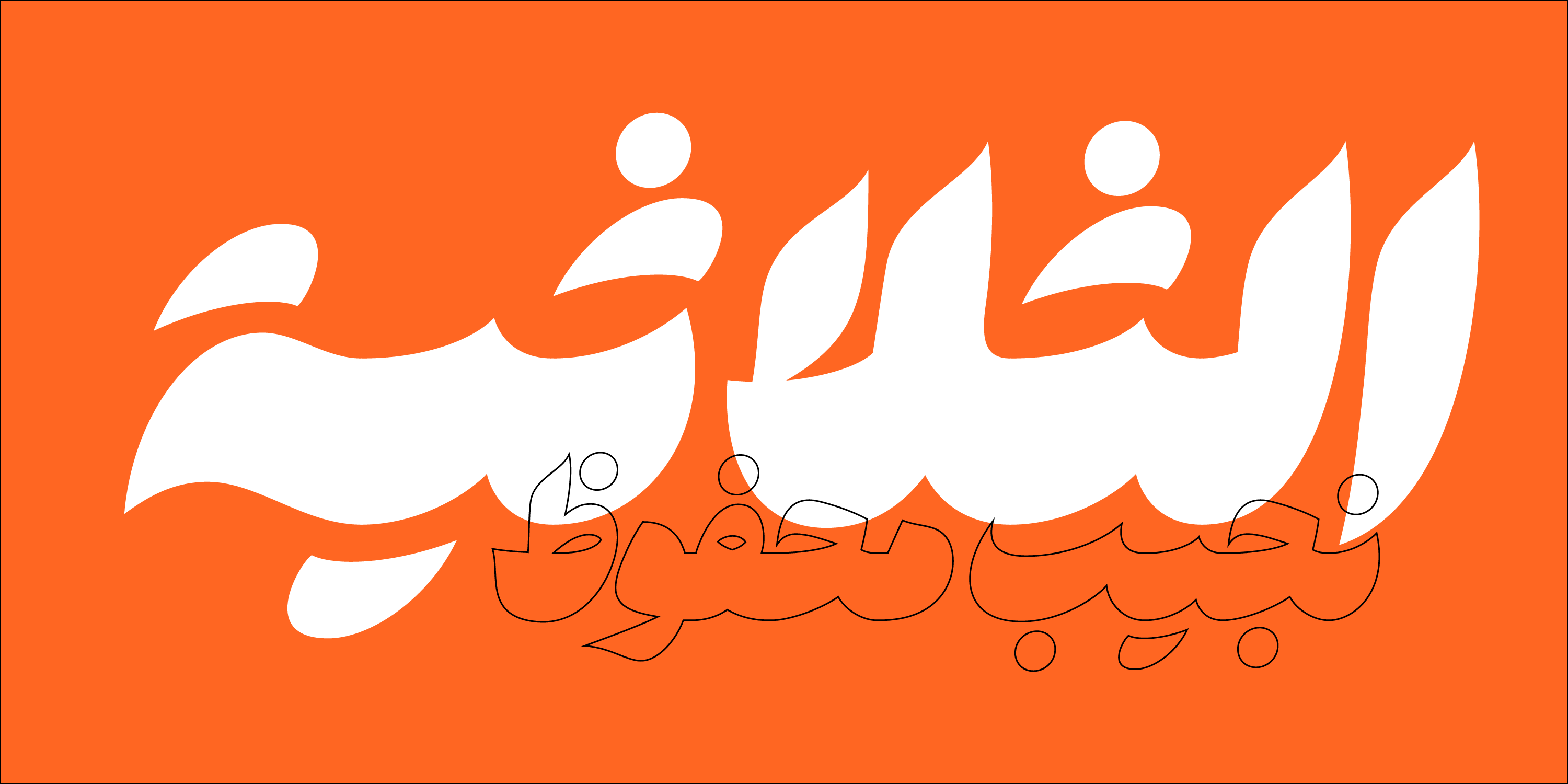



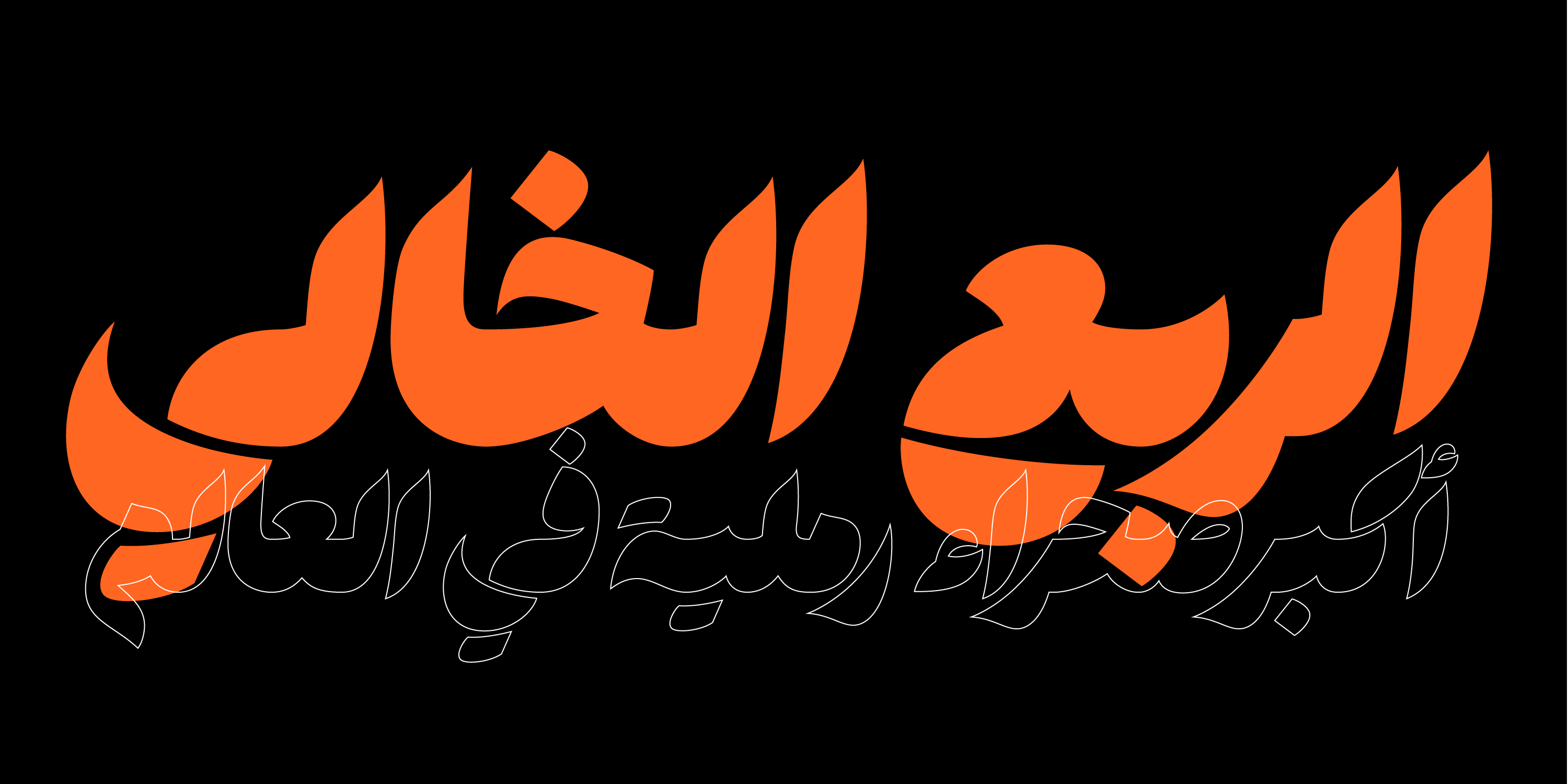

















Comments
Frequently Asked Questions